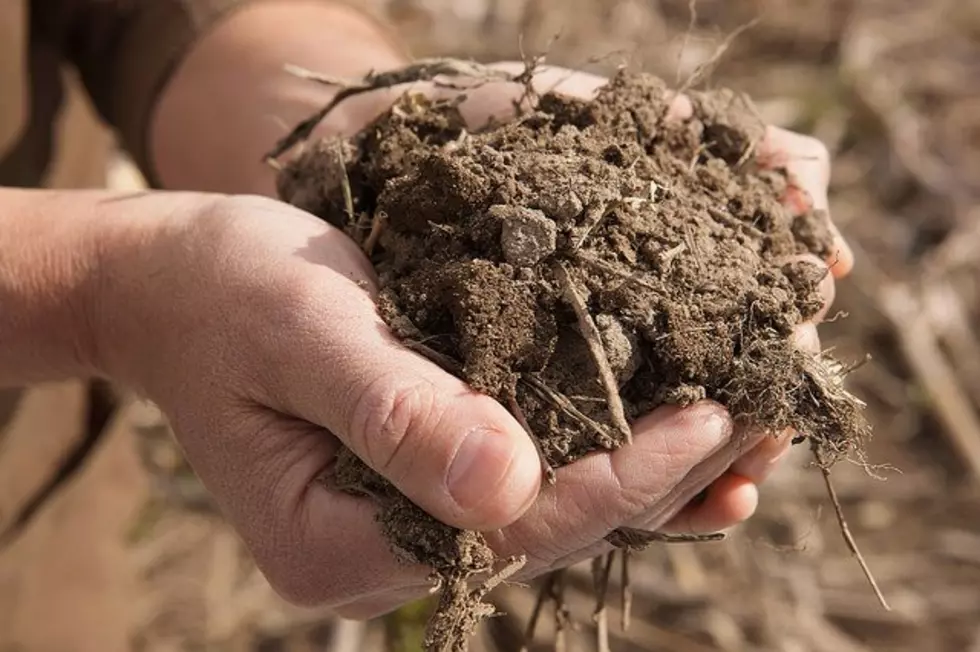
Soil Health Partnership Releases Cover Crop Planting Report
The Soil Health Partnership’s Cover Crop Planting Report shows that farmers are using diverse strategies to plant their cover crops. They’re also using a variety of plant species to help keep their soils healthier.
The partnership is the flagship sustainability program of the National Corn Growers Association. They conducted a detailed survey on cover crops, getting responses from farmers across 11 states in the SHP network about cover crops planted in 2019.
“We know farmers in our network are innovators, and there is a huge range of cover crop management practices across our network, depending on the farmer’s management goals, where they are located, their soils, and their cropping systems,” says Dr. Maria Bowan, lead scientist for the Soil Health Partnership.
Bowman added the most significant finding was that although more than half of farmers planted their cover crops between the middle of September and the beginning of November, almost 40% planted their cover crops before or after those dates. Additionally, 25% of the farmers who responded to the survey interseeded or overseeded their cover crop into a standing cash crop.
“This means farmers are using a wide range of strategies to get their cover crops out on their fields, especially in the higher latitudes where there are timing and labor constraints to getting a cover crop in after harvest,” Bowman adds. The most widely planted cover crop is cereal rye.
If you have a story idea for the Washington Ag Network, call (509) 547-1618, or e-mail gvaagen@cherrycreekmedia.com
More From PNW Ag Network









